Vehicle Simulation Laboratory
Team
Professor Grant
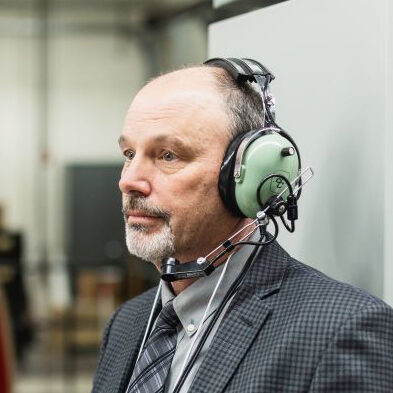
Professor Grant's research is focused on human-in-the-loop vehicle simulation. This includes the development of real-time flight and ground vehicle models, with his primary focus currently on the development of representative post-stall models of commercial aircraft. These models are required for full-stall recovery training which was recently mandated by US FAA and other regulatory bodies. Prof. Grant's research also includes the development of high-fidelity simulator motion drive algorithms. In support of this development work, Prof. Grant continues to do research in human motion perception and control, particularly as it applies to simulator motion cueing.
PhD Candidates
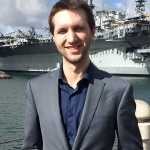
Gregory Moszczynski
Thesis Title: A Robust State Estimation Methodology for Problems in Flight Mechanics
Keywords: Flight Path Reconstruction (FPR), Aerial Robotics, State Estimation, System Identification, Trajectory Optimization, Flight Simulation, Flight Dynamics, Flight Testing, Avionics, Aircraft Navigation
UofT Email: Gregory.Moszczynski@mail.utoronto.ca

Tim Teng
Thesis Title: Manual Teleoperation of Remotely Piloted Aerial Systems Using Adaptive Model Mediated Predictor
Keywords: Aircraft Modelling, Vehicle Simulation, System Identification, Human-Machine Interaction, Teleoperation, RPAS, AMMP
UofT Email: Tim.Teng@mail.utoronto.ca
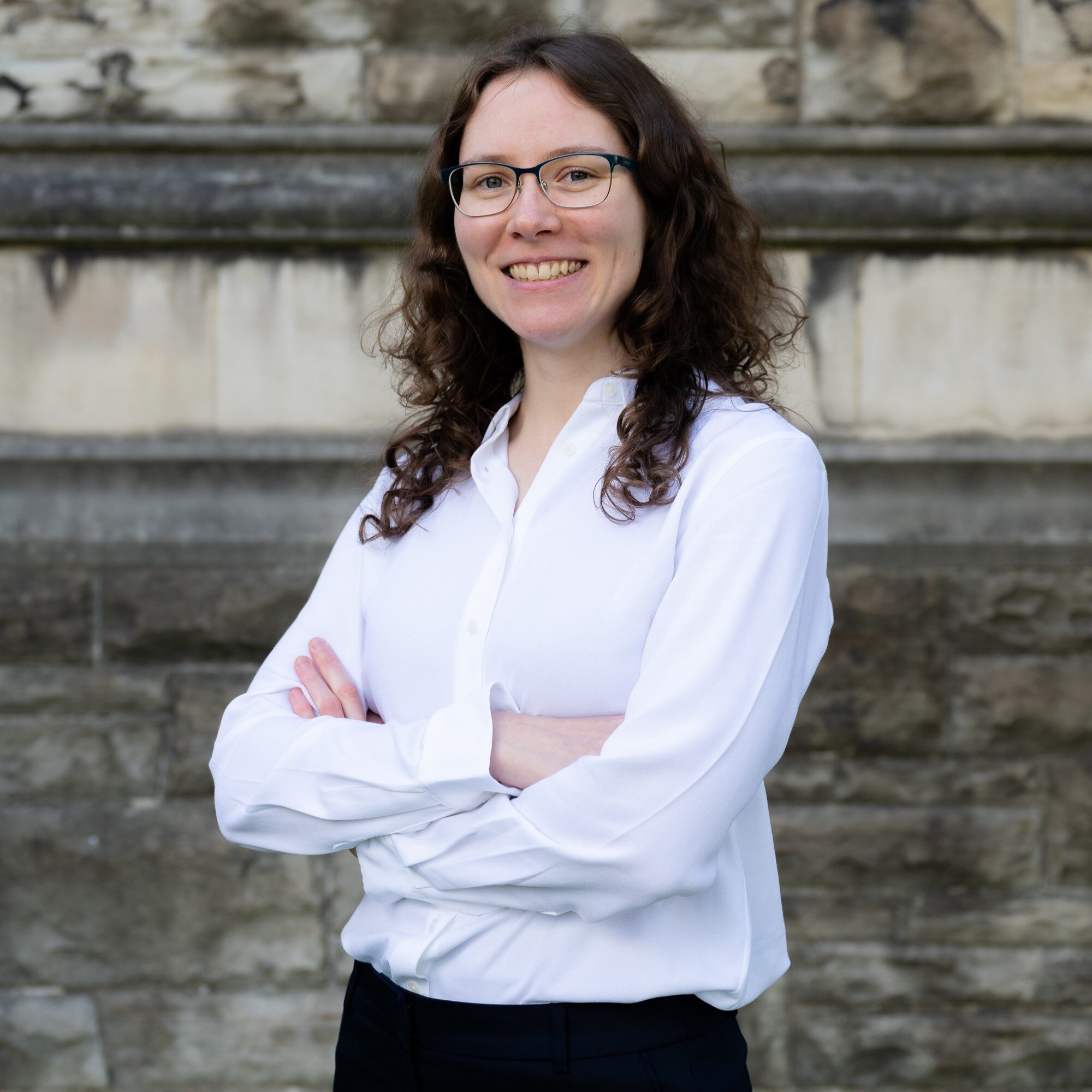
Katrina Cecco
Thesis Title: Real-Time Flight Simulator Model Development for Flight Dynamics-Informed eVTOL Designs
Keywords: eVTOL Aircraft, System Identification, Multirotor Flight Dynamics, Real-Time Modelling & Simulation, Blade Element Models, Handling Qualities
UofT Email: Katrina.Cecco@mail.utoronto.ca
MASc Candidates
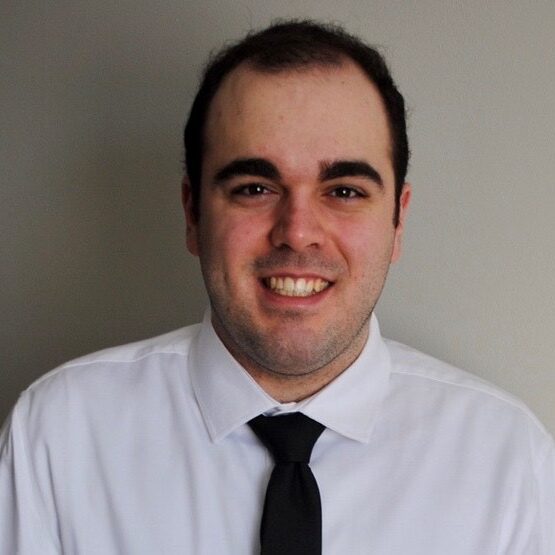
Noah Hirsch
Thesis Title: A Flight Path Reconstruction Based Approach to the Design of an Efficient and Cost-Effective Flight Test Instrumentation Configuration for Fixed-Wing and Rotary-Wing Aircraft
Keywords: Flight Path Reconstruction, System Identification, Flight Test Instrumentation, Fixed-Wing Aircraft, Rotary-Wing Aircraft, Vehicle Modelling
UofT Email: Noah.Hirsch@mail.utoronto.ca
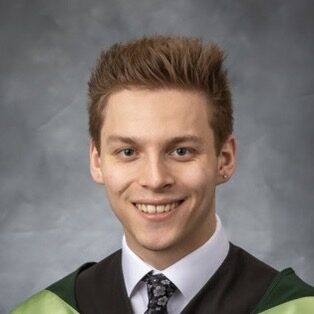
Sacha Potvin
Thesis Title: Stability Constraints for Multidisciplinary Design Optimizations of Blended-Wing-Body Aircraft
Keywords: Experimental Aircraft Design, Flight Simulation, Multidisciplinary Optimization, Handling Qualities, Stability and Control, Aircraft Performance, Aerodynamic Modelling, CFD
UofT Email: Sacha.Potvin@mail.utoronto.ca

David Pelino
Thesis Title: Investigating the Effectiveness of Mixed Reality Headsets as an Alternative Visual System to Full Flight Simulators for Pilot Training
Keywords: Human Perception, Mixed Reality, Flight Simulation, Pilot Training, Simulator Displays
UofT Email: David.Pelino@mail.utoronto.ca
Recent Graduates
| Name | Year | Degree | Thesis title |
|---|---|---|---|
| Katrina Cecco | MASc | 2024 | Optimal Tuning of Blade Element Model Parameters to Match Flight Test Data |
| Christopher Chang | MASc | 2023 | Handling Qualities of a Regional-Class Hybrid Wing Body Aircraft |
| Jordan Leung | MASc | 2020 | Parameter Estimation Methods for High Angle-of-attack Aerodynamic Modelling |
| Aleksandar Bukal | MASc | 2020 | A Model Predictive Control-based Motion Drive Algorithm for Driving Simulators with Adaptive Motion Scaling and Actuator Based Constraints |
| Faizan Rehmatullah | MASc | 2017 | Model Predictive Control Based Motion Drive Algorithm for a Driving Simulator |
| Tony Zhang | MASc | 2017 | Representative Stall Model of Regional Aircraft for Simulator Training Using a Spline Shape Prescriptive Modeling Approach |
| Jacek Khan | MASc | 2016 | The Role of Internal Noise in Self-Motion Perception |
| Tianhang (Tim) Teng | MASc | 2016 | Representative Post-Stall Modeling of T-tailed Regional Jets and Turboprops for Upset Recovery Training |
| Zane Luo | MASc | 2016 | Lateral Post-stall Aerodynamic Modeling using Flight Test Data |
| Bruce Haycock | PhD | 2015 | Improved Real-Time Helicopter Flight Dynamics Modelling |
| Bosco Tse | MASc | 2013 | Effects of Inertial and Geometric Nonlinearities in the Simulation of Flexible Aircraft Dynamics |
| Eska Ko | MASc | 2012 | Investigation of Simulator Motion Drive Algorithms for Airplane Upset Simulation |
| Timothy Peterson | MASc | 2011 | Handling Qualities of a Blended Wing Body Aircraft |
| Stacey Liu | MASc | 2011 | Ground-Based Simulation of Airplane Upset Using an Enhanced Flight Model |
| Nestor Li | MASc | 2010 | Modeling of Flexible Aircraft for 3D Motion-Based Flight Simulators |
| Humayoon Abbasi | MASc | 2010 | Simulation of Flexible Aircraft |